A month after “Black Lives Matter” was painted across a street without the city’s approval, San Jose leaders are still weighing what to do about it — and how they should handle a new flood of requests for other public messages in the form of street art.
“The challenge for every city in the country is, as soon as you decide that streets can become forums for First Amendment expression, there is no ability for a city to decide that some messages are inappropriate and some are OK,” San Jose Mayor Sam Liccardo said in an interview. “That sends us down a slippery slope when the KKK wants their message printed as well.”
On the Fourth of July, a group of San Jose residents who had gathered for a street-painting protest against police brutality and social injustice wrote Black Lives Matter across Empire Street between 15th and 18th streets. The event was held in solidarity with the family of Anthony Nunez — who was killed by San Jose police on July 4, 2016 — and mirrored similar public artwork drawn on city streets in Washington D.C., Sacramento and Bay Area cities like Redwood City and Martinez after George Floyd was killed by a Minneapolis police officer in late May.
But the San Jose residents, unlike those who painted many of those other street murals, did not obtain any kind of official approval from the city before proceeding.
“It was a protest. You don’t ask for permission to protest,” said LaToya Fernandez, a co-organizer of the protest and founder of the community nonprofit Youth Hype. “That art protest was our way of saying we’re still being oppressed and we still feel like Black people don’t matter in San Jose and we need to make sure that’s heard and that’s felt.”
As for the mayor’s concern about opening the door to controversial messages and artwork, Fernandez said the Black Lives Matter mural is a civil rights message, not a political statement, and city leaders should be able to differentiate between them.
“They need to take a stand with us and say, ‘We’re going to leave this mural here.’ It’s not a political statement. It’s about saying the people in our community matter and we want to move forward with them,” she said.
San Jose does not have a permit process or program for the installation of public art or messaging on city streets of any kind. And according to John Ristow, San Jose’s director of transportation, crafting a citywide street artwork program would be “complex.”
The Federal Highway Administration prohibits intersection murals and street art out of traffic safety concerns, so the city would need to explore its legal options around that, according to Ristow. But many other Bay Area cities approved street murals despite the Federal Highway Administration’s stance and without having a permit process for such artwork.
Colin Heyne, the spokesperson for the city’s department of transportation, said the city does not have plans at this point to remove the Black Lives Matter mural but it is being discussed.
“We’re being thoughtful and taking this slow because this is a sentiment our council has definitely supported,” Heyne said, citing a resolution passed by the council in late June proclaiming that Black Lives Matter. “We don’t take it lightly that the phrase Black Lives Matter holds a lot of weight and has gripped our nation for months now.”
But of particular concern for the city’s transportation department is the potential for the mural — painted in white and matching other traffic markings on the roadway — to distract drivers and cause traffic collisions, Heyne said. That was the reason cited recently by Redwood City’s mayor for having a Black Lives Matter street mural on a downtown street erased.
In 2019, 60 people died in traffic collisions in San Jose — matching the 25-year high reached in 2014. Of those deaths, 29 included pedestrians struck by vehicles — the most since at least the mid-1990s.
The city had hoped traffic would decrease because of shelter-in-place orders, thus aiding the city’s Zero Vision plan to eliminate traffic fatalities and severe injuries, but Heyne said that hasn’t happened.
“We’ve had the same rate of severe and fatal traffic collisions with much fewer people driving, so to add something to the street to potentially distract drivers and make a bad situation even worse is not the route we want to go,” he said.
San Jose is not the only city dealing with difficult decisions involving public street art.
Redwood City leaders last month quietly erased a Black Lives Matter street mural after a local businesswoman sought the city’s permission to paint a MAGA 2020 mural alongside it.
Despite granting permission and even providing the paint for the temporary street art, the city didn’t specifically have a policy that allowed for messaging on streets. Mayor Diane Howard previously described the situation to this news organization as “one of those things where your good intentions steamroll into something that’s not so pretty.”
And after another Black Lives Matter mural was painted on July 4 outside the county courthouse in Martinez, a couple was accused of a hate crime and vandalism for painting over it.
The community members behind the Martinez mural also received city approval, though the city does not have a specific permit program for street art. Mayor Rob Schroeder said the mural is expected to be taken down in the next couple of weeks because it is beginning to wear off and it was only intended to be temporary.
“It’s either you make it permanent or you remove it,” Schroeder said. “The agreement was that it was temporary and I think they’ve made their social statement.”
___
(c)2020 the San Jose Mercury News (San Jose, Calif.)
Visit the San Jose Mercury News (San Jose, Calif.) at www.mercurynews.com
Distributed by Tribune Content Agency, LLC.
—-
This content is published through a licensing agreement with Acquire Media using its NewsEdge technology.




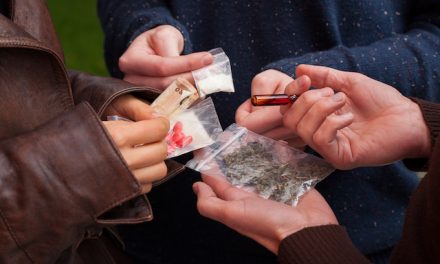
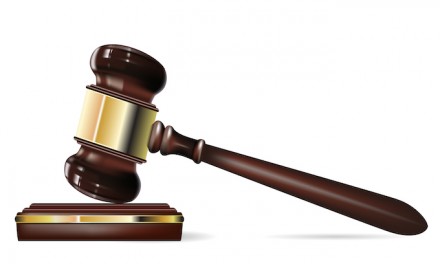
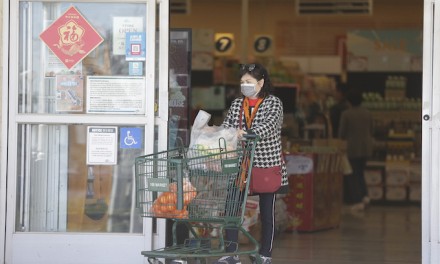
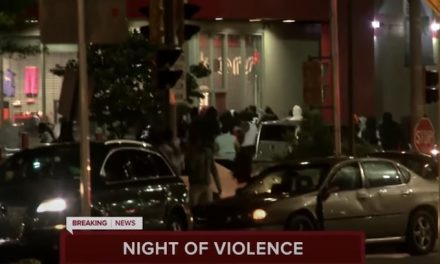







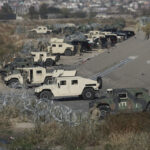
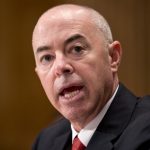


Recent Comments